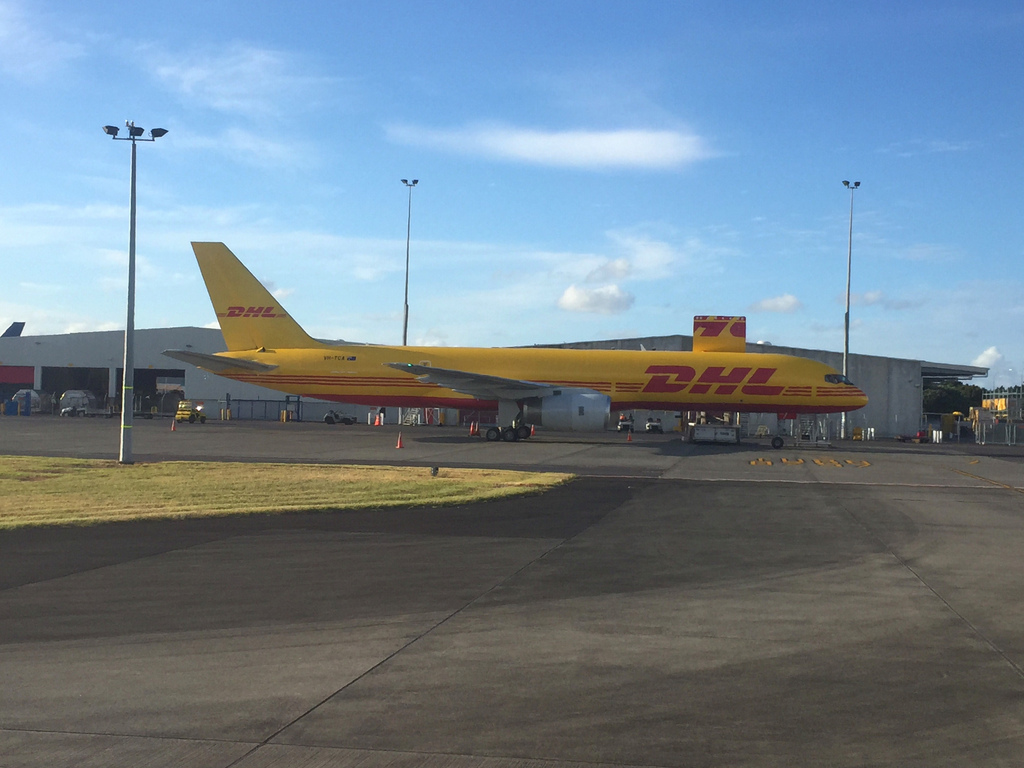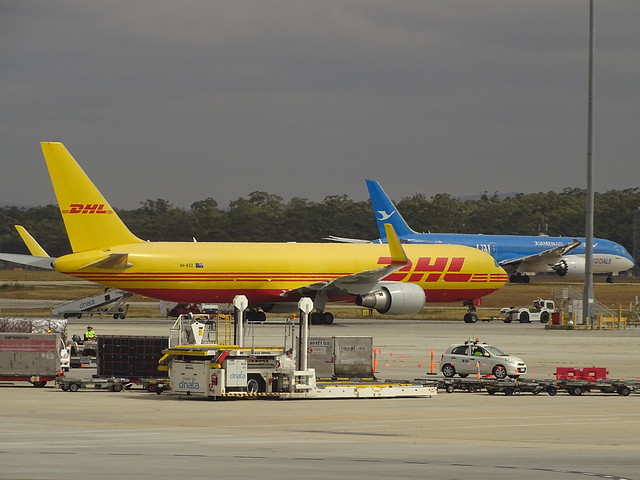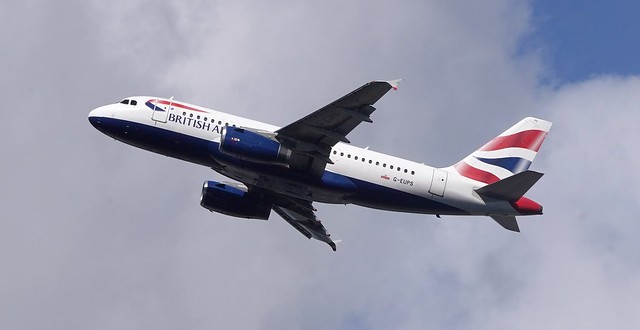Tasman Cargo B752 at Auckland on Feb 5th 2018, hydraulic leak, two hydraulic systems failed
Last Update: May 2, 2019 / 16:14:16 GMT/Zulu time
Incident Facts
Date of incident
Feb 5, 2018
Classification
Incident
Airline
Tasman Cargo Airlines
Flight number
HJ-1
Departure
Auckland, New Zealand
Destination
Sydney, Australia
Aircraft Registration
VH-TCA
Aircraft Type
Boeing 757-200
ICAO Type Designator
B752
The runway needed to be closed for about 50 minutes due to hydraulic fluid spilled from the aircraft that needed to be cleaned up.
On Jul 23rd 2018 it became known the Australian TSB (ATSB) had opened an investigation into the occurrence rated an incident. The ATSB reported while climbing out of Auckland the flight crew received a left hydraulic system warning. While working the related checklists, the right hand hydraulic system also failed. The aircraft returned to Auckland for a safe landing.
On May 1st 2019 the ATSB released their final report concluding the probable causes of the incident were:
Contributing factors
- During initial climb, the left main landing gear downlock actuator retract hose ruptured, resulting in the failure of the left hydraulic system. The cause of the rupture could not be determined.
- After the loss of the left hydraulic system, corrosion inside the power transfer unit (PTU) pressure switch resulted in an overrun of the PTU system and subsequent overheat failure of the right hydraulic system.
Other findings
- Following the failure of the left and right hydraulic systems, full controllability of the aircraft was maintained through the use of alternative systems.
- No connection was found between the hydraulic hose failures that occurred on 1 February and 5 February 2018.
The ATSB described the sequence of events:
Passing through an altitude of 6,000 ft, the flight crew received a left hydraulic quantity warning message. The crew actioned the Quick Reference Handbook (QRH) checklist and obtained clearance from Air Traffic control (ATC) to level out at 8,000 ft, in a holding pattern to the north-west of Auckland Airport.
Shortly after entering the holding pattern, the left hydraulic system lost pressure as the hydraulic fluid quantity reduced to zero. The crew received a left hydraulic system pressure warning and followed the QRH checklist, which required switching off the left hydraulic engine driven pump and electric pump.
A few minutes later, the crew received a right hydraulic system, engine driven pump overheat message. In response, the crew actioned the QRH and turned off the right engine driven pump. Shortly after, the crew received a right-hand system pressure warning. The crew actioned the corresponding QRH checklist and shut down the right electric motor driven hydraulic pump, resulting in a loss of both the left and right hydraulic systems.
At about 0710, the flight crew declared a PAN and requested both an immediate return to Auckland and for emergency services to be put on standby. The crew received clearance from ATC to commence their approach to runway 23L. The flight crew extended the flaps and landing gear using the alternative systems, and the aircraft touched down at approximately 0735. The flight crew brought the aircraft to a halt at the anticipated location using the manual braking system.
The ATSB analysed:
The sequence of events leading to the dual hydraulic system failure commenced with rupture of the left main landing gear downlock actuator retract flex hose under pressure (during landing gear retraction). This resulted in the depletion of the hydraulic fluid in the left side and, subsequently, low pressure in the left system. The exact mechanism of the rupture could not be determined due to extensive corrosion on the fracture surfaces. However the hose did not exhibit any physical damage that would have made the hose more susceptible to failure.
After the crew shut down the left system, the right hydraulic system overheated due to the power transfer unit (PTU) pressure switch being stuck in the open position and the associated pump running continuously without hydraulic fluid in the left hydraulic system. These events were consistent with the failure sequence reported in the 2001 and 2010 service bulletins. The nonmandatory 2010 service bulletin to modify the susceptible PTU switch had not been actioned, which probably resulted in the failure of the pressure switch due to contamination/corrosion.
After the crew shut down the right engine driven pump (EDP), the right hydraulic system was pressurised by the right electric motor driven pump (ACMP) only. The pressure output of the ACMP is lower than the pressure output of the EDP. It is therefore likely that the right system pressure warning annunciated while there was still adequate hydraulic fluid quantity in the right system, because the ACMP output was not sufficient to meet the right hand hydraulic system requirements and simultaneously operate the PTU motor under a no-load condition.
The aircraft was leased by the operator after the publication of the non-mandatory 2010 service bulletin. The audit conducted of the aircraft maintenance records during the aircraft transfer process only pertained to mandatory service bulletins and airworthiness directives. The operator was therefore unaware of the 2010 SB on the pressure switches until discussion of this occurrence with the manufacturer. System testing of the aircraft in maintenance after the occurrence did not identify the issue with the pressure switch. This highlights that an understanding of the impact of all aircraft non-mandatory service bulletins can increase the reliability of aircraft and reduce the time spent troubleshooting maintenance issues.
The flight crew took appropriate action in response to the warning messages received. They followed each of the QRH checklists as required and completed the prescribed actions. The design of the 757 hydraulic system ensures that any one hydraulic system can independently provide adequate aircraft controllability. The QRH clearly notes the alternative mechanisms for activating critical aircraft controls should they become inoperative because of a failure in the main system. After shutting down the left and right hydraulic systems, the flight crew was able to maintain full control of the aircraft by using the alternative mechanisms to activate the critical in-flight and landing systems. This highlights the redundancies inherent in the 757 hydraulic system design and why the service bulletins contained recommended, rather than mandatory, actions.
Given that the failure of the occurrence left hydraulic hose occurred within 5 days of a right hydraulic hose failure on the same aircraft, the ATSB considered whether the events were related. Under normal operations, the hydraulic system was designed to act as three independent systems. Despite being manufactured in the same batch, the right hose was installed five years before the left, resulting in the hoses failing at a significantly different number of flight cycles. As the hoses were installed on different sides of the aircraft and no common link could be identified as the cause of failure, it is likely that the events on 1 February and 5 February 2018 were isolated and independent.
Incident Facts
Date of incident
Feb 5, 2018
Classification
Incident
Airline
Tasman Cargo Airlines
Flight number
HJ-1
Departure
Auckland, New Zealand
Destination
Sydney, Australia
Aircraft Registration
VH-TCA
Aircraft Type
Boeing 757-200
ICAO Type Designator
B752
This article is published under license from Avherald.com. © of text by Avherald.com.
Article source
You can read 2 more free articles without a subscription.
Subscribe now and continue reading without any limits!
Read unlimited articles and receive our daily update briefing. Gain better insights into what is happening in commercial aviation safety.
Send tip
Support AeroInside by sending a small tip amount.
Related articles
Tasman Cargo B763 at Sydney on Sep 10th 2025, descended below minimum safe altitude on final approach
A Tasman Cargo Airlines Boeing 767-300 on behalf of DHL, registration VH-XQU performing flight HJ-22 from Hong Kong (China) to Sydney,NS (Australia),…
Tasman Cargo B763 at Auckland and enroute on Jul 27th 2019, fuel imbalance
A Tasman Cargo Airlines Boeing 767-300 freighter, registration VH-EXZ performing flight HJ-1 from Auckland (New Zealand) to Sydney,NS (Australia),…
Newest articles
British Airways A319 enroute on Oct 30th 2025, avionics problems, unreliable position, loss of AP and AT
A British Airways Airbus A319-100, registration G-EUPS performing flight BA-1457 from Edinburgh,SC to London Heathrow,EN (UK), was enroute at FL290…
India B788 at Ahmedabad on Jun 12th 2025, lost height shortly after takeoff, no thrust reported
An Air India Boeing 787-8, registration VT-ANB performing flight AI-171 from Ahmedabad (India) to London Gatwick,EN (UK) with 230 passengers and 12…
Subscribe today
Are you researching aviation incidents? Get access to AeroInside Insights, unlimited read access and receive the daily newsletter.
Pick your plan and subscribePartner

ELITE Simulation Solutions is a leading global provider of Flight Simulation Training Devices, IFR training software as well as flight controls and related services. Find out more.
SafetyScan Pro provides streamlined access to thousands of aviation accident reports. Tailored for your safety management efforts. Book your demo today
AeroInside Blog
Popular aircraft
Airbus A320Boeing 737-800
Boeing 737-800 MAX
Popular airlines
American AirlinesUnited
Delta
Air Canada
Lufthansa
British Airways




